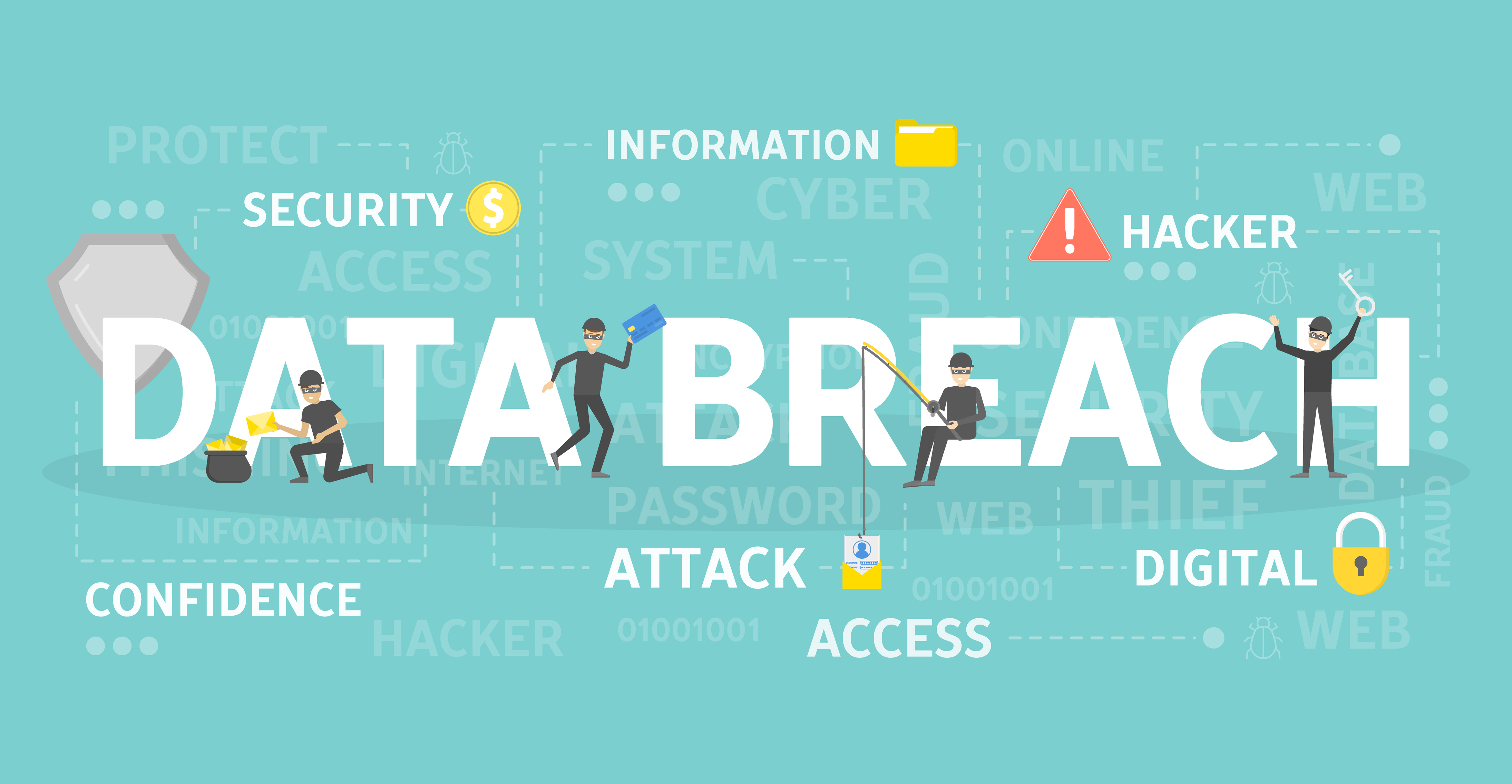According to the latest Cybernews Business Digital Index analysis, 96% of all analyzed S&P 500 companies had data breaches. This is an alarming systemic issue, with Real Estate and Development, Finance and Insurance, and Manufacturing industries leading the way in these incidents.

The new analysis results reflect weak cybersecurity postures and show that most organizations haven’t raised their security standards. Only 6% of S&P 500 companies achieved an A rating, while 89% of analyzed companies scored a D (almost 49%) and F (40%) for their cybersecurity efforts.
By leveraging data from reputable sources—such as IoT search engines, IP and domain reputation databases, and custom security scans—the Business Digital Index shows the digital security posture of S&P 500 companies.
96% of S&P 500 companies had data breaches
Researchers found that the top three issues across industries are data breaches, secure sockets layer (SSL) configuration, and system hosting issues.
Even 96% of all analyzed companies had data breaches. This is an alarming issue, with companies in the Real Estate and Development, Finance and Insurance, and Manufacturing industries leading the way in these incidents.
Nearly every S&P 500 company (almost 98%) suffers from poor SSL practices, reflecting weak encryption standards.
Furthermore, 88.5% of companies have system hosting issues, particularly prevalent in the Healthcare and Pharmaceuticals sector (97.6%).
The Manufacturing industry consistently ranks among the highest in vulnerabilities across all categories, particularly in software patching total vulnerabilities (63%), data breaches (97.8%), and SSL configuration issues (100%).
Meanwhile, the least affected industry is Real Estate and Development. This industry has lower incidence rates across categories, such as software patching critical vulnerabilities (16%) and web application security issues (48%).
Technology and IT companies show the highest vulnerability (75.76%) for critical software patching, indicating significant risks for system exploits.
Meanwhile, Healthcare and Pharmaceuticals and Manufacturing category companies have the highest rates of corporate credentials stolen (83.3% and 85.5%, respectively).
Bad employee practices
66% of employees of Energy and Natural Resources category companies reuse breached passwords, significantly increasing attack risks. In second place is the Finance and Insurance industry, where 62% of analyzed companies’ employees reuse breached passwords.
However, Technology and IT category companies have the lowest reuse rate (30.6%). This may be due to better awareness and training.
This issue can open up companies to data breaches, which often have far-reaching consequences, such as damage to a company’s reputation, financial losses, legal penalties, and loss of customer trust.
However, issues like employees reusing compromised passwords are easily solvable, yet they create significant vulnerabilities, making it especially easy for attackers to exploit security gaps and gain unauthorized access.
Addressing these systemic issues can significantly enhance organizations’ security posture and reduce their exposure to critical risks.
Research Methodology
The Cybernews research team analyzed 485 companies on the S&P 500 list. Fifteen companies could not be analyzed to evaluate an organization’s cybersecurity posture. The report evaluates risk across seven key areas: software patching, web application security, email security, system reputation, SSL Configuration, system hosting, and data breach history.






























